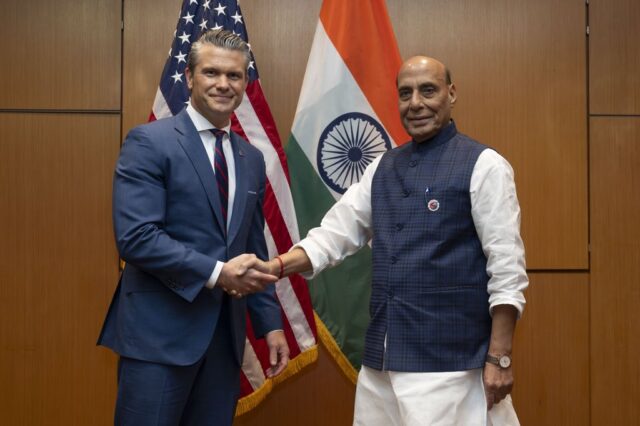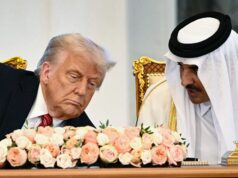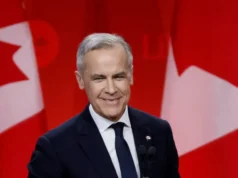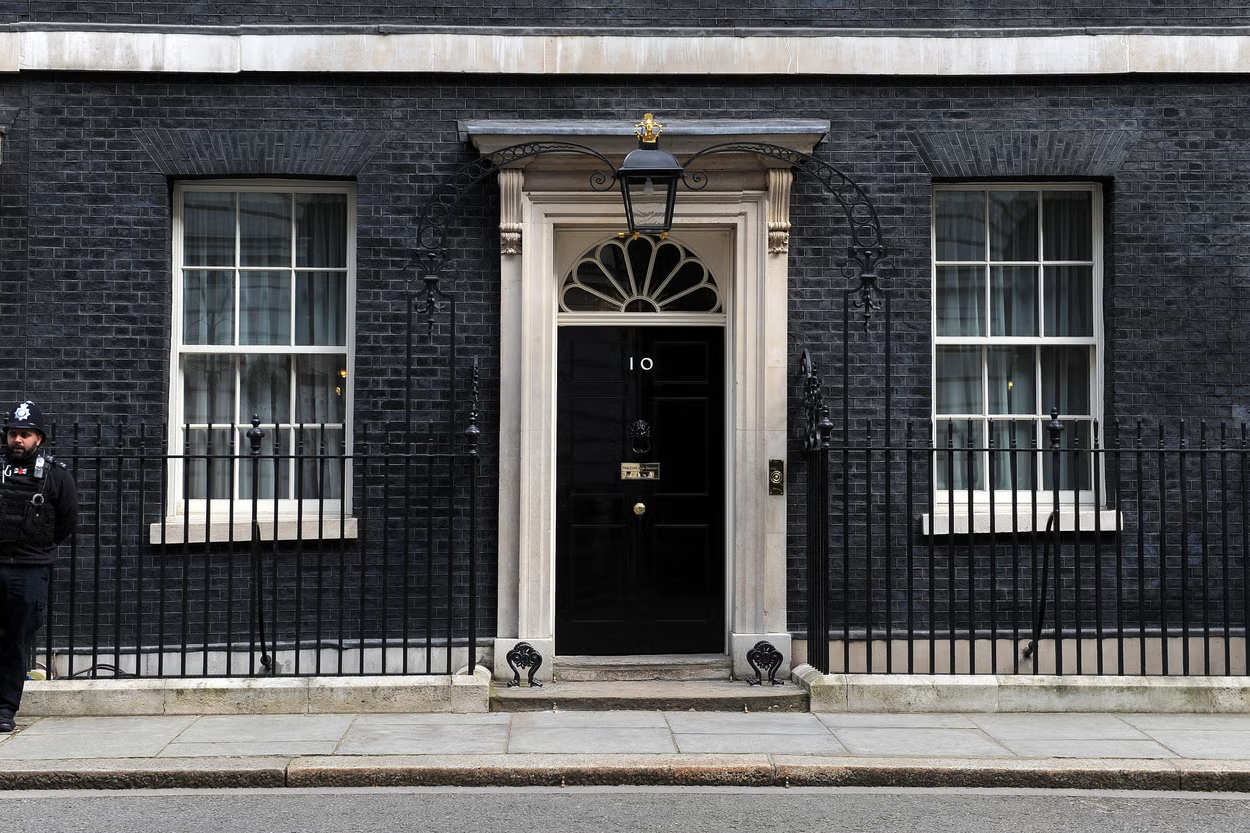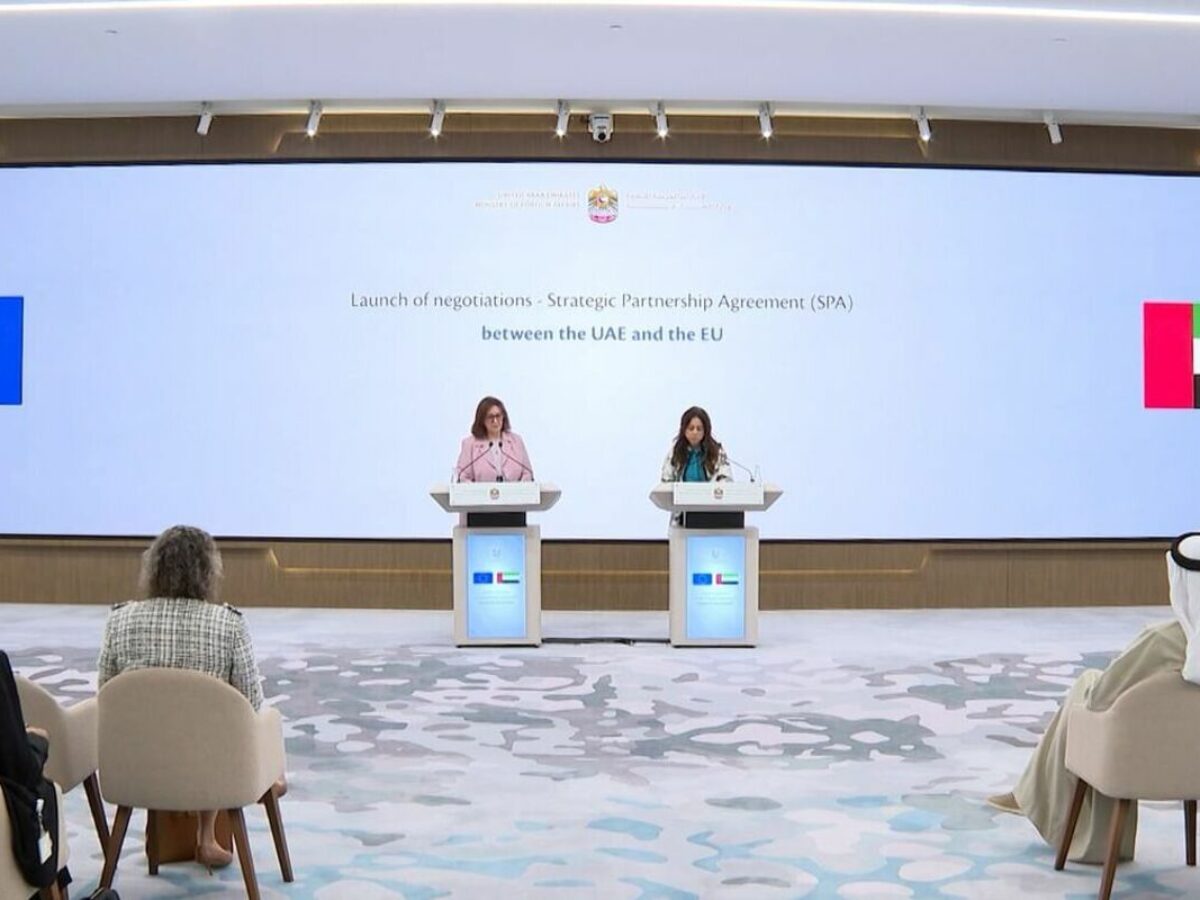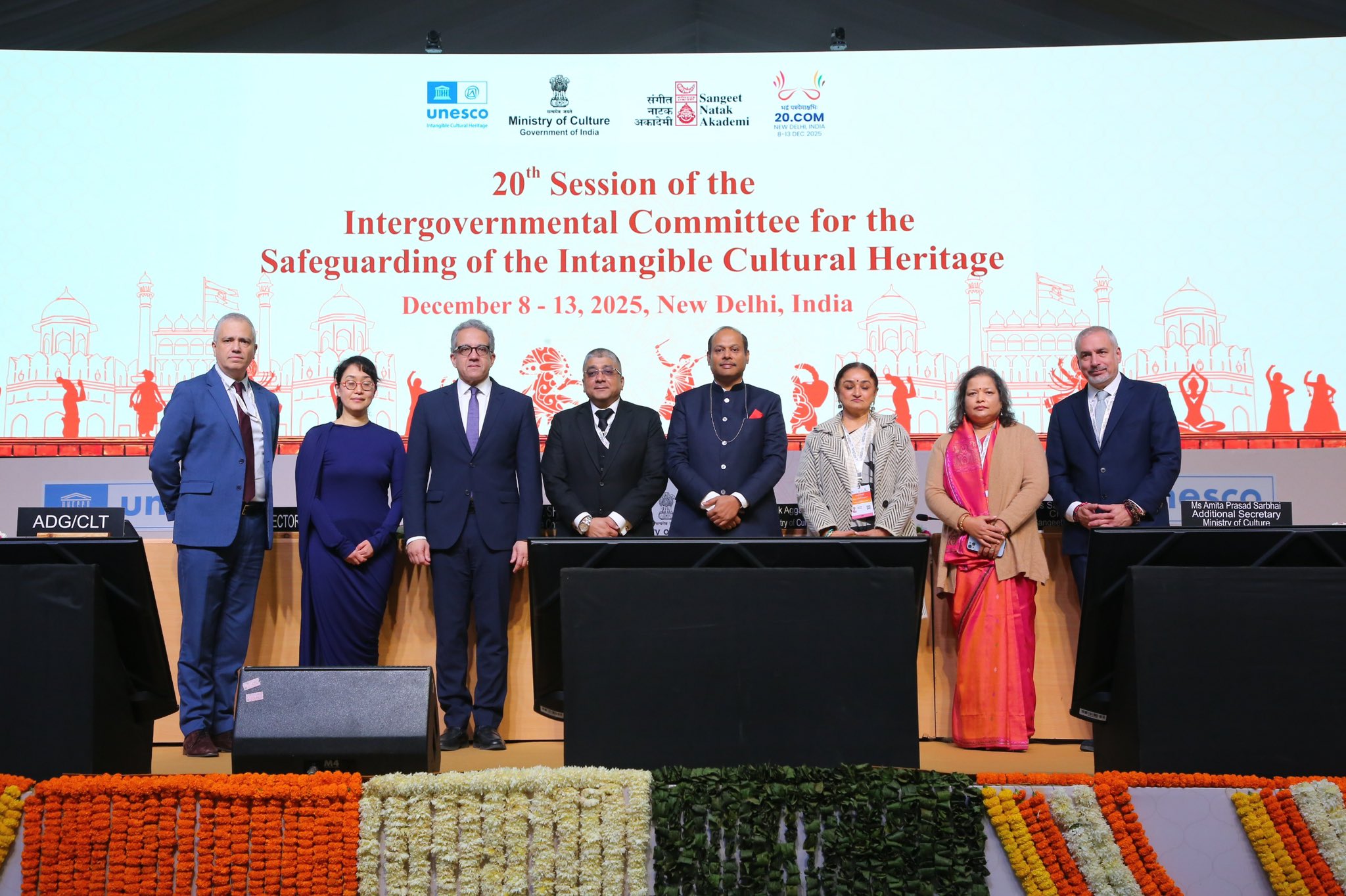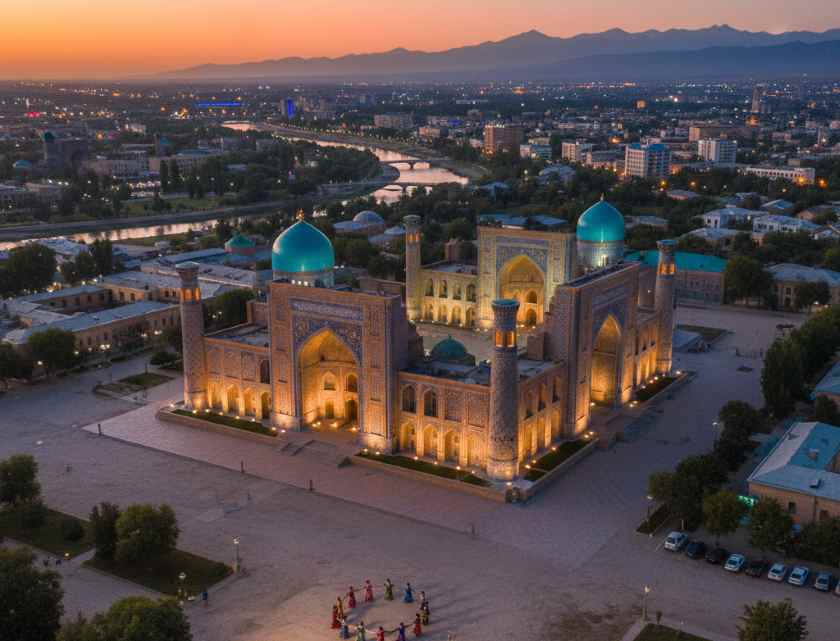India and the United States have entered a new phase of strategic cooperation with the signing of a 10-year Defence Framework Agreement on October 31, 2025, on the sidelines of the 12th ASEAN Defence Ministers’ Meeting – Plus (ADMM-Plus) in Kuala Lumpur, Malaysia. The agreement was signed by India’s Defence Minister Rajnath Singh and US Secretary of War Pete Hegseth, marking a significant milestone in bilateral defence relations.
The framework aims to provide a policy roadmap and strategic direction for advancing the India–US defence partnership over the next decade. It seeks to enhance cooperation in defence technology, industrial collaboration, military exercises, and regional security, reflecting the two countries’ shared commitment to a free, open, and rules-based Indo-Pacific region.
Following the signing, Hegseth stated that the framework is “ambitious” and underscores America’s long-term commitment to joint security efforts. He described India as a “priority country” for US defence cooperation, adding that the agreement “lays down a roadmap for deeper and more meaningful collaboration ahead.” Rajnath Singh emphasised that the framework “will provide policy direction to the entire spectrum of the India–US defence relationship” and “herald a new decade of partnership.”
The new framework follows a series of high-level diplomatic and defence engagements between the two nations. External Affairs Minister S. Jaishankar recently met US Secretary of State Marco Rubio on the sidelines of the East Asia Summit, discussing bilateral ties and regional issues such as energy trade, market access, and global conflicts affecting food and energy security. At the same time, Union Commerce Minister Piyush Goyal reiterated that India would pursue trade agreements with the US carefully, ensuring that national interests and long-term sustainability guide negotiations.
The 10-year agreement is expected to strengthen collaboration in defence manufacturing, information sharing, maritime domain awareness, and joint strategic planning. It builds upon existing frameworks such as COMCASA, BECA, and LEMOA, which already facilitate secure communication, geospatial intelligence sharing, and logistics cooperation between the two militaries. India and the US also conduct several joint military exercises, including Yudh Abhyas, Malabar, Vajra Prahar, and Cope India, that enhance interoperability and joint readiness.
At a time of increasing geopolitical uncertainty, the framework reaffirms both nations’ intent to work closely in ensuring regional stability. The agreement underscores a shared vision for the Indo-Pacific based on transparency, freedom of navigation, and collective security. Both sides also acknowledged the importance of deepening cooperation in emerging technologies and defence innovation, paving the way for joint research and co-development projects.
The 2025 defence framework thus represents a long-term vision for the India–US partnership anchored in mutual trust, technological collaboration, and shared strategic goals. It cements defence as a central pillar of bilateral relations, promoting stability and a secure, rules-based order in the Indo-Pacific region.

